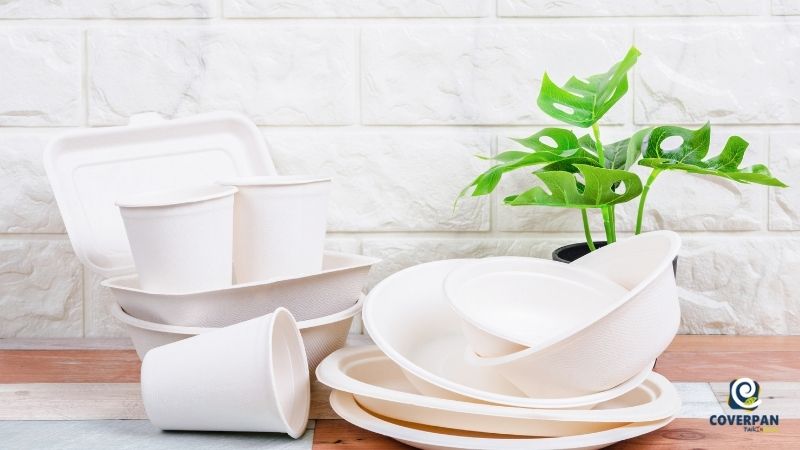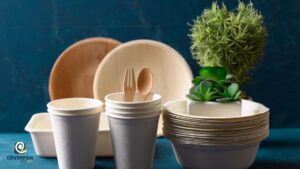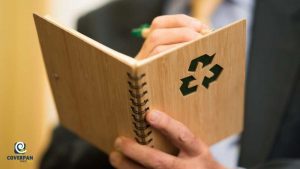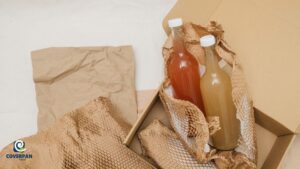Nowadays, innovation within biodegradable packaging makes possible to replace plastics and other materials that have a higher impact in the environment than other more sustainable substances. It is estimated that around 40% of our waste is organic, meanwhile plastic is only 14%. If both of these could be compost, more than a half of our waste could become compost. It is clear what the goal of laboratories and research centers around the world should be.
Synthetic polymers have long been the foundation of packaging materials. However, due to their non-biodegradable nature, reliance on them has created serious ecological problems.
The average time that some of these materials take in degrade is a risk for our planet:
• Plastic bag: 15 years.
• A plastic container: 25 years.
• Foamed plastic cups: 50 years.
• Plastic beverage bottles: 450 years.
Although, when it comes to environmental issues, it is more complex than it seems. In the next 10 years, biodegradable containers will be the base of the industry. More companies are adapting to this and are producing this type of packaging in order to satisfy consumer’s demand.
A healthier future with biodegradable packaging
The use of packaging with less plastic will enable to have a healthier environment. New generations have more to do with this as thanks to the access to information, they can have a more critical influence in the use of these containers. That is, among those that make a difference through sustainability, biodegradable packaging, or those packaging that only serve once and do not help the environment at all.
Pros and cons of biodegradable packaging
Biodegradable packaging presents few advantages that can be listed below:
• Help preserving the environment.
• No toxic agents are released.
• Ideal for preserving food.
• They are rapidly degraded by the interaction of microorganisms.
• They are created from renewable raw materials and are recyclable, therefore, can be given a second life.
• Companies that promote its use are valued positively by consumers.
However, it also presents some disadvantages:
• There is still no specific collection network for biodegradable packaging.
• It is difficult to distinguish by perception from a conventional container.
• It is expensive to adapt all mechanical recycling processes.
The future is here
Within the packaging area there are numerous businesses opportunities with great innovation from a scientific and industrial point of view. It is common to find thermoformed trays or flow-pack type containers, to contain fruit and vegetables, obtained from renewable sources such as starch, polylactic, acid or cellulose.
In the case of bags for waste composting or in agriculture and horticulture, there has been progress as well. Applications that go beyond the replacement of conventional plastic bags by a biodegradable container.
At Coverpan we firmly believe in sustainable development and we manufacture biodegradable and compostable solutions for the packaging of all types of products.




